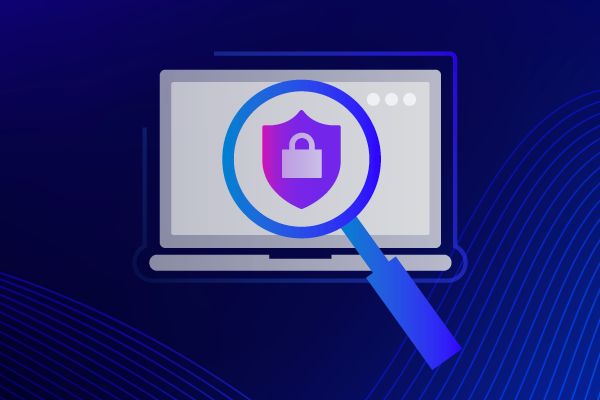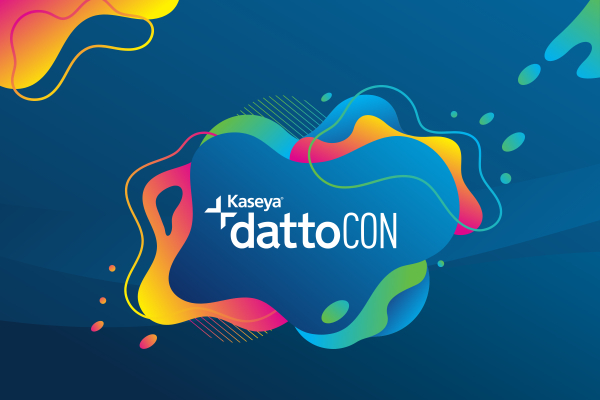What’s the Difference Between Hacking and Phishing?
With over 3.1 billion spoofed emails sent daily and millions of dollars spent on cyber-attack recovery, protecting your clients is vital. With the world becoming more digitally driven, hacking and phishing incidents are more common.
Every day, millions of people fall victim to hackers and phishing attacks. Learning about hacking prevention and phishing prevention, can prevent you and your clients from becoming a victim. Keep reading to learn the difference between hacking and phishing and best practices for online safety.
What is hacking?
Hacking is an attempt to exploit a digital network inside of a computer. When access to a computer or private network is unauthorized, digital security is compromised.
Hacking is done with nefarious intent. These cybercriminals either profit or terrorize their victims by exploiting their digital networks.
Hackers fall into three categories: black hat, white hat, and gray hat hackers. These classifications help you determine if a hacker is unethical or ethical.
Black hat
Black hat hackers hack into the systems to steal money or achieve other nefarious goals. They will target banks or companies with poor security strength. Hackers will break in to obtain private credit card information or valuable data.
Gray hat
Gray hat hackers live in the gray zone of legality. Although they legally hack into systems, these hackers never steal money or damage the system. Often, they will hack in order to see their own abilities and assess a company’s security.
White hat
White hat hackers are penetration testers. They will use the same techniques but they only hack when they are granted permission to do so. Companies will hire white hat hackers in order to assess their security and help businesses build up IT defenses.
What is phishing?
Phishing is a different cybercrime that targets online users through email, text, or calling. These attackers pose as legitimate institutions to lure victims into providing sensitive data such as identifiable information, banking information, and Social Security information. Phishing attacks commonly result in identity theft and financial losses.
Phishing is typically done by casting a wide net and honing in on susceptible victims. The most common types of phishing attacks are deceptive phishing, spear phishing, CEO fraud, and malware-based attacks.
Deceptive phishing
The most common type of fishing is deceptive fishing. This is where an attacker will impersonate a company and ask for your information or login credentials. This is typically done on a larger scale so you may be one among many targets.
Spear phishing
Spear phishing is a personalized attack. Often when we think of large-scale digital attacks, we think of something that gets re-directed to our email spam. However, spear-phishing uses personalization in order to break through a lot of natural spam filters.
Customizing an email with your name, position or company is designed to make you more likely to give out your information. This could be as simple or nefarious as pretending to be your HR department asking for policy information.
CEO fraud
CEO Fraud phishing is a top-down approach to phishing. In these attacks, the attacker will first target top executives at a company and use their credentials to facilitate large wire transfers or business attacks.
Because top executives are the targets of these attacks, it is also commonly known as “whaling.”
Malware attacks
Malware-based attacks include an attacker sending an email with a virus on it. This email will be able to find the security vulnerabilities in your system and allow an attacker to exploit them.
The malicious software is typically embedded as an attachment and is able to run through the host computer and then create an infection. If you get an email from an unrecognizable account with an attachment, this is typically flagged as a potential phishing incident.
What is the difference between hacking and phishing?
Phishing and hacking are both driven by similar goals to acquire personal information and financial theft. They also are similarly used to take advantage of an individual’s digital profile.
The largest hacking and phishing difference is that phishing relies on people voluntarily giving them formation under false pretenses. When it comes to hacking, victims don’t intentionally disclose their private information.
With a phish, the victim is baited into voluntarily giving out their information. The crime comes from the malicious intent and falsification of credibility. When it comes to phishing, there is a clear sense of false advertising or fraudulent identification in order to lure victims into giving up their personal information.
When it comes to hacking, there is an involuntary extraction of information. The perpetrator will take over your computer system in order to access private information.
Ensuring that your system is strong enough to fight off digital intruders can help protect your privacy.
Use a phishing hack to boost your online security
When online, it’s important to be mindful of how your clients protect their private information. You can help deter cybercriminals by strengthening their online defenses.
With Datto SaaS Defense, an advanced threat protection spam filtering solution to detect suspicious online users, you can combat threats head-on and keep information protected.
Using updated antivirus software can help make sure your clients are not an easy target. If you add a simple antivirus program to your computer, you want to enroll in an automatic renewal program so your defenses are not temporarily down.
Another way to improve overall cyber security when it comes to phishing and hacking attacks is by using unique passwords for every login. This will make the impact of a phishing attack much less severe. As a note, no one should ever share their login credential online.
You can also boost security by using a virtual private network. These are common for people who travel abroad and often use public Wi-Fi. VPNs give you a private network even if you are on a public Wi-Fi domain.
Defend yourself from hacking and phishing
Digital security is a top priority for us at Datto; that is why we have dedicated ourselves to developing solutions for our partners.
By working with the top experts in the field, we have been able to design a platform that protects users from phishing and hacking cyberattacks. This is a top priority to help keep their personal information private.
Now that you know the phishing hacking definition and the dangers of these attacks, it’s time to protect your clients’ assets. Contact our sales team to start securing your online presence today.
Try the Datto SaaS Protection product for free. Start your 14-day trial today.



